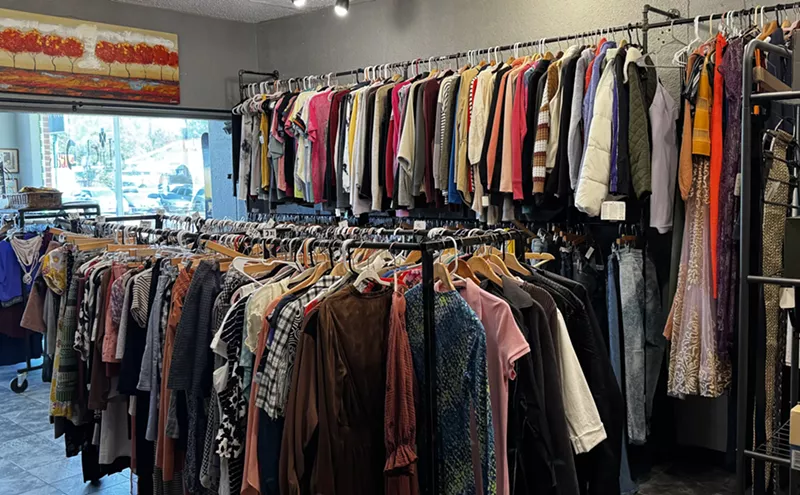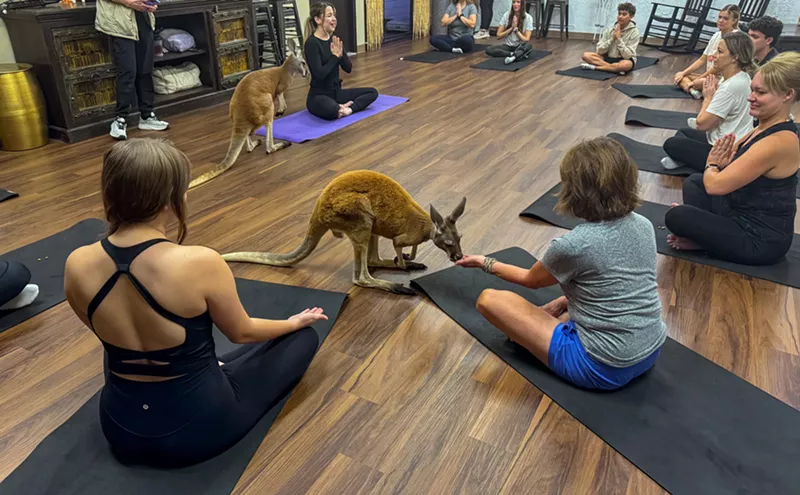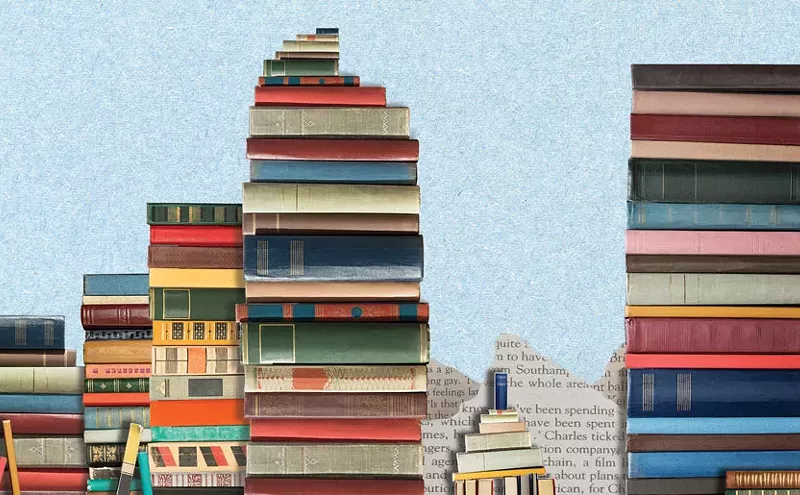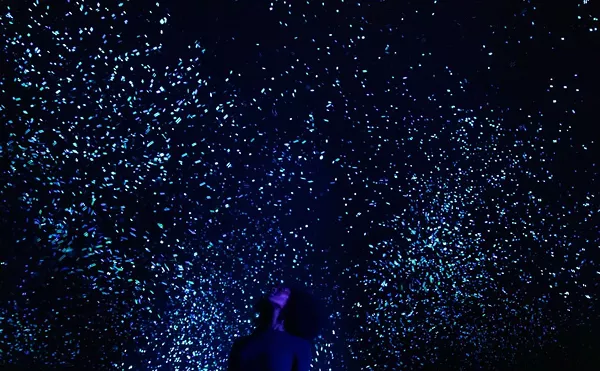In February 1941, some two months after the Japanese attack on Pearl Harbor, Franklin D. Roosevelt issued Executive Order 9066, designating certain areas of the country as military zones. As a result, many Japanese people, immigrants and citizens, were interned in dismal, isolated and primitive camps. They lost their homes, farms and everything they had worked for. Perhaps even more important, they lost their sense of place, citizenship and identity. Rick Foster's one-man play, Dust Storm: Art and Survival in a Time of Paranoia, imagines the experience through the eyes of Seiji, a teenager whose father, devastated by the Depression, became an alcoholic and found work in a stockroom, and whose mother worked as a cook. Seiji is sullen, angry and none too fond of those he calls the "white skins" even before his ordeal begins.
Dust Storm alternates at Vintage Theatre with a second play, Spirit and Sworded Treks, as the premiere production of Theatre Esprit Asia, the first Asian-American theater company in the Rocky Mountain region. The company was founded by Maria Cheng and Tria Xiong, who met last year while acting together in Vintage's The Joy Luck Club and realized there was a wealth of Asian-American talent here, as well as significant interest in the Asian community's rich culture and history.
Seiji — played on the night I saw the show by visiting actor Zachary Drake — describes the long, agonizingly slow journey to Topaz, the camp in Utah where his family was sent; his own fury; and the bone-deep fatigue of the old people. The place, he says, was gray and dead, the temperature reached 110 degrees, and nothing was ready for them. And yet when you're dealing with the Japanese, "if there's dirt, there will soon be a garden," Seiji says. The internees planted trees and began raising hogs, turkeys and chickens. Most important, Chiura Obata, a well-known and widely exhibited Japanese artist — and a real historical figure — had been interned at Topaz. He chronicled daily life there in a series of luminous and eloquent sketches and paintings, and also set up an art school for his fellow internees.
As time in the camp passes, Seiji begins to feel a muted optimism. He even hopes to go to college. But then he learns, in a grim interview with the FBI, that because he spent part of his teens in Japan, he is ineligible for the program. He becomes bitter. And the situation becomes more fraught when he joins forces with a violent, pro-Japanese group of teens in the camp.
At the beginning, as Seiji circles the almost-bare stage, you can't help thinking he's telling an already-known story. Most Americans are aware of this egregious violation of civil liberties, and many schoolkids have read Jeanne Wakatsuki Houston's memoir, Farewell to Manzanar. But few Americans realize the depth of the deprivation suffered by those in the camps, and the extent to which their human rights were violated. Executive Order 9066 shaped the lives of survivors and represents an enduring scar on the entire community. And it remains intensely relevant. It was impossible, watching Dust Storm, not to think periodically about the horrors of Guantánamo. According to a survivor of the camps who spoke at a talkback on the night I attended the play, Japanese-Americans are still acutely aware of the dangers to civil rights in times of national crisis. She said that almost immediately after 9/11, the Japanese American Citizens League moved to avert threats to Arab-Americans.
A key element in the play is a series of slides of Obata's work — work that underlines or illustrates Seiji's observations, deepens them or creates a quiet counterpoint. Old people play a profound if silent role in Dust Storm, whether waiting patiently in the hot sun, confused and only half aware of what has happened to them, or cultivating their gardens, and one of Obata's most upsetting paintings shows an old man slumping across a fence, a dog on the other side that he's apparently been trying to retrieve nosing at his fingers. The man has been shot in the back. A little later, a photograph of Obata himself appears, his expression benign, his eyes gently penetrating — and you can't help thinking that Seiji has finally found both his moorings and the spiritual father he so desperately needed.












